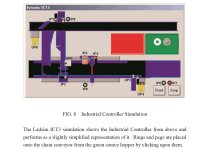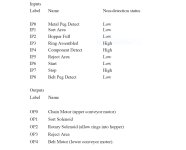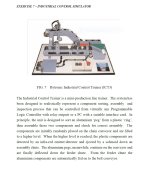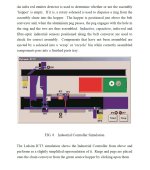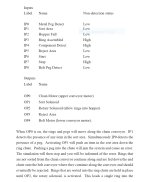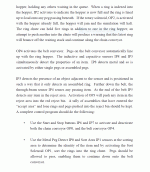Hi everyone,
I have to complete this exercise using LADSIM:
http://www.plctalk.net/qanda/showthread.php?t=80080&page=4
This is how it is supposed to operate:
https://www.youtube.com/watch?v=6YFHfiQCqBs
This is a challanging question and the course notes are very concise.
Any help on approaching this problem would be much appreciated!
I have to complete this exercise using LADSIM:
http://www.plctalk.net/qanda/showthread.php?t=80080&page=4
This is how it is supposed to operate:
https://www.youtube.com/watch?v=6YFHfiQCqBs
This is a challanging question and the course notes are very concise.
Any help on approaching this problem would be much appreciated!




